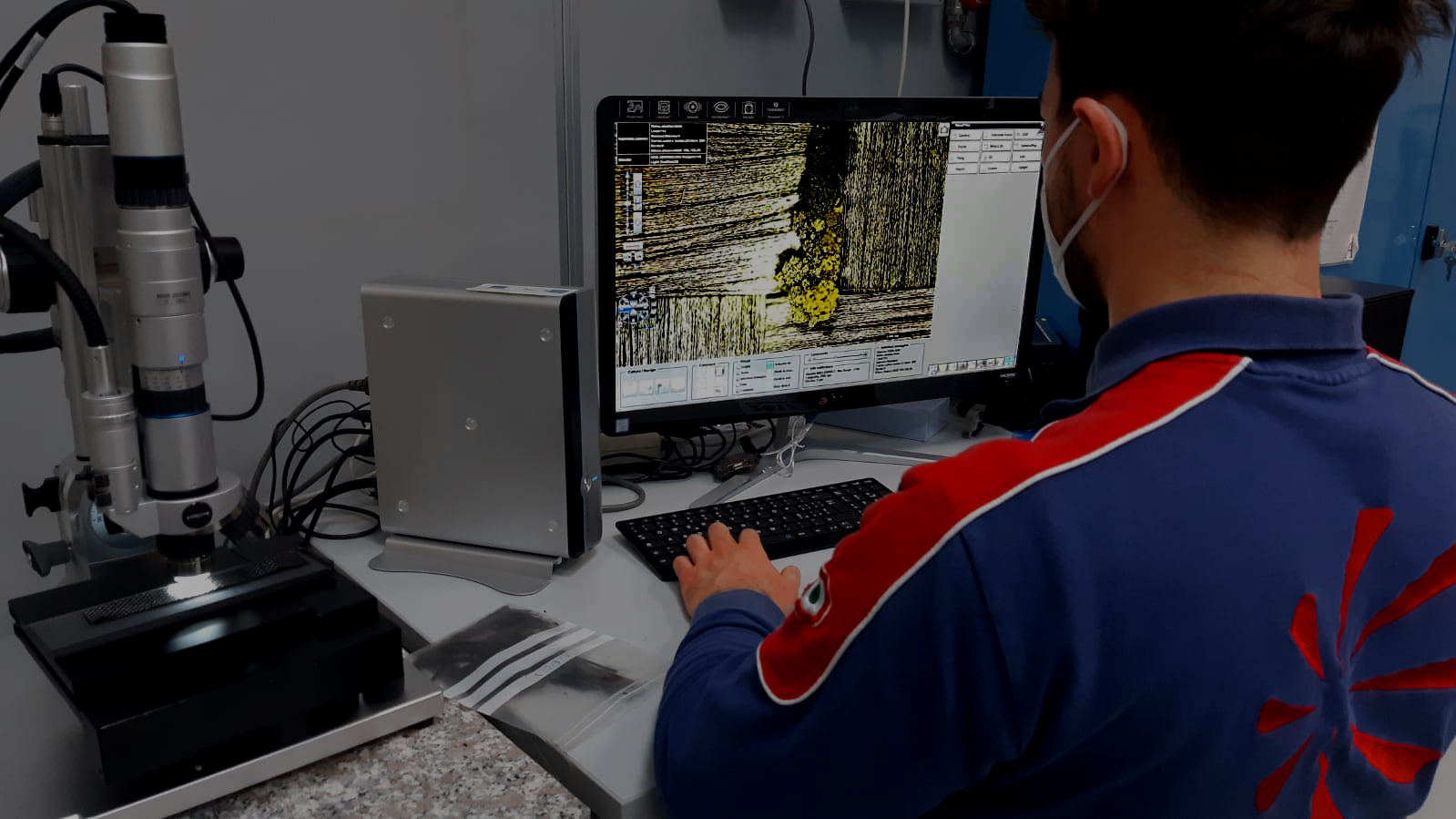Rome 02 February 2021 11:17
- The broader adoption of thermoplastic composites in aerospace - namely for primary structures - is requiring the development of new materials and new manufacturing processes so as to reach the needed higher performance and manufacturing efficiency
- By creating the “Joint Research Virtual Lab”, Leonardo and Solvay decided to tackle this challenge by joining efforts and bringing to the table the complementary skills and expertise of the two Companies
- The bulk of the activities will be carried out in Leonardo’s plant in Grottaglie (Taranto, Italy), and in Solvay’s Material Science and Application Center (MSAC) in Brussels
- According to Roberto Cingolani, Leonardo’s Chief Technology & Innovation Officer: “This collaboration with Solvay is a significant step in research on advanced materials, which are part of the R&D programs to be developed by the Leonardo Labs. The research on advanced materials will enable improved performance and products’ security to boost a circular and efficient production system”
- Nicolas Cudré-Mauroux, Solvay Chief Technology & Innovation Officer highlighted the importance of addressing the material development and its processing technologies with an holistic approach because “increasing the manufacturing speed is as important as achieving the required performance”. Solvay is committed to developing high performance lightweight materials key to a more sustainable aviation industry
Leonardo and Solvay announced the launch of a joint research lab dedicated to the development of novel composite materials and production processes critical for the future of the aerospace industry. This collaboration represents an important milestone in enabling a step-change in composite part manufacture and in reducing environmental impacts.
The Leonardo Solvay Joint Lab will focus on thermoplastic “engineered materials” and in particular on welding and automatic lamination (in-situ consolidation) of complex and large aerospace structures with the goal of maximising product properties, increasing part production efficiency and extending the product life cycle. The focus is on thermoplastic composites as they offer unique benefits to users such as lightweighting for more fuel efficient aircraft and they do not require autoclave for part consolidation thus enabling the development of much more sustainable production lines. Leonardo and Solvay believe that this agreement will be the foundation for further platform collaboration on short and mid-term applications in aerospace and beyond.
“This collaboration with Solvay is a significant step in research on advanced materials, which are part of the R&D programs to be developed by the Leonardo Labs.” underlines Roberto Cingolani, Leonardo’s Chief Technology and Innovation Officer. "The research area, central to Leonardo, is a key factor of competitiveness, and it will make it possible to improve the performance and safety of our products, to expand its potential, with a direct return on the environmental impact and consumption of resources, boosting a circular and efficient production system”.
“This collaboration is in line with the strategy of Solvay to strengthen our leadership position as supplier of innovative composite materials for aerospace and other markets” added Nicolas Cudre-Mauroux, Solvay Chief Technology and Innovation Officer. “We believe that the partnership with Leonardo will boost our ability to develop breakthrough thermoplastic composite solutions and substantially increase their adoption in aerospace, contributing to reducing fuel consumption and CO2 emissions”, he concluded.
The Leonardo Solvay Joint Lab will be based at the Leonardo Lab in Grottaglie (Taranto) and at Solvay’s MSAC - Material Science Application Center in Brussels. In addition, the joint laboratory will have access to both companies’ internal infrastructures and collaborations with institutions, research centers and universities, in Italy and abroad, with a view to open innovation.


